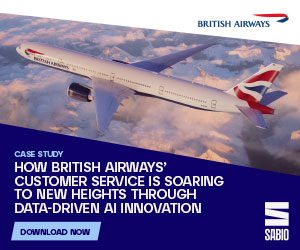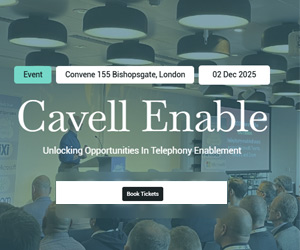A contact centre handling thousands of daily contacts adopted the latest AI text analytics to increase customer satisfaction and reduce contact volumes.
The Situation
Good customer service is an opportunity to repair a bad customer experience. Indeed, bad experiences corrected through exceptional customer service have been shown to turn a dissatisfied customer into a brand advocate.
However, understanding why outcomes vary between agents can prove difficult, requiring proper categorisation and real-time tracking of outcomes.
This case study shows how a contact centre provider, handling thousands of customer contacts on a daily basis, was able to use PrediCX to improve customer outcomes, set intelligent KPIs for their agents, and simultaneously reduce overall contact volume.
Approach
PrediCX is a Machine Learning platform from Warwick Analytics that allows for rapid building of accurate Machine Learning models, able to be applied in real time for incoming customer interaction data.
This led to customer interactions being automatically classified, in real-time allowing for real-time early warning, actionable insight, and next-best-action to be derived from customer interactions.
Furthermore, sentiment and sales intents models can be built to allow smart reassessment of existing agent KPIs, maximising their performance without the need for CSat surveys.
Fresh Topics – Time Saved and Performance Improved
PrediCX rapidly generated new topics and models that were demonstrably more accurate and relevant, with previous “bucket” categories reduced by over 50%, and older categories having their accuracy and specificity increased.
Newer, smaller issues (potential early indicators of problems) were identified that would previously have been overlooked,
allowing agent effort to be directed towards solutions instead of categorising.
Agent Performance Optimised
Models were created for standard sentiment, and emotional cues or “intents” such as: “didn’t understand”, “bad previous advice”, “previous agent disconnected”, “repeated problem”, and highlighted issues such as other agents not performing, excessive customer effort, repeated issues, and likely to churn or unfulfilled sales.
These issues were used to redesign elements of the customer journey as well as coach agents as one of the issues surfaced was a 50% disparity between best and worst performing agents.
Capturing and measuring these parameters for first time allowed the company to redesign its agent coaching plans and to move to real time information and templates.
Additionally, cross referencing this output with the topic model highlighted contact types and situations that were
problematic and allowed the platform to advise on the next best action.
This can happen in real time, advising the agent what to do next if a customer expresses particular intent in a certain situation as well as allowing for partial automation.
Conclusion
Immediate operational improvements included:
- 20% increase in customer satisfaction
- 5% reduced demand
- 5% saved from improved early warnings
- 25% increased efficiency in AHT
- 20% improvement in scripts and templates
The output from the models allowed them to make changes, immediately measure the impact and also underpin a
business case for automation.
Customer satisfaction with agents increased markedly, and coupled with the highlighted opportunities for operational improvement, the client was able to provide their customer with a far better service.
41% of their existing contact was shown as being avoidable or able to be fully automated, significantly reducing costs and increasing scalability for the client.
Author: Robyn Coppell
Published On: 25th Jul 2019
Read more about - Industry News, Case Studies






































